“ALL REPRESENTATION IS GOOD REPRESENTATION.”
Really? Well, in the case of Asian portrayal in film, this feels rather untrue.
Certainly, the creation of super-villain Dr. Fu Manchu, below, to display “the unemotional cruelty of the Chinese” on screen, does not inspire much confidence.
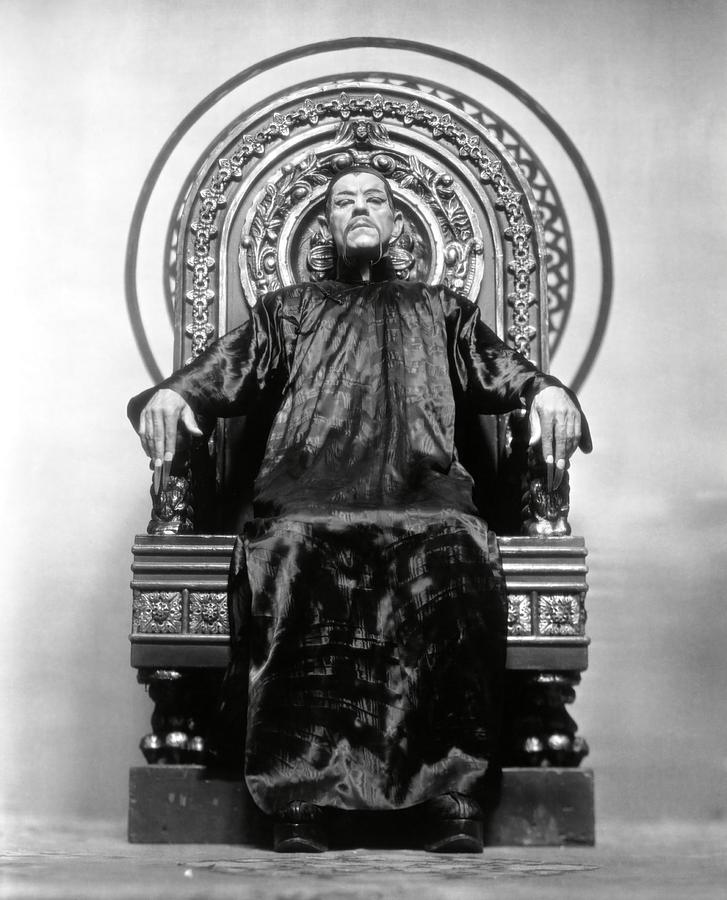
That was decades ago. Now, we watch as Chinese actress Michelle Yeoh is awarded an Oscar for the best leading lady of 2023. In Everything Everywhere All At Once (2022), Yeoh plays a poor, Asian-American immigrant who runs a laundromat.
This celebration of the ordinary Asian-American experience is a far cry from the yellow-face and exaggerated accents that used to rule the screen.
So, how did we get here?
Let’s go back to 1937, when movies were black and white (but its actors were only white).
THE GOOD EARTH (1937)
Pearl S. Buck’s novel, “The Good Earth” centered around Wang Lung and his wife O-Lan, two impoverished Chinese farmers struggling to survive in old, agrarian China. Given its impressive reception, the book was adapted into a drama film.
Anna May Wong, often considered the first Chinese American film star, was turned down the role of O-Lan in favor of white European actress Luise Rainer.
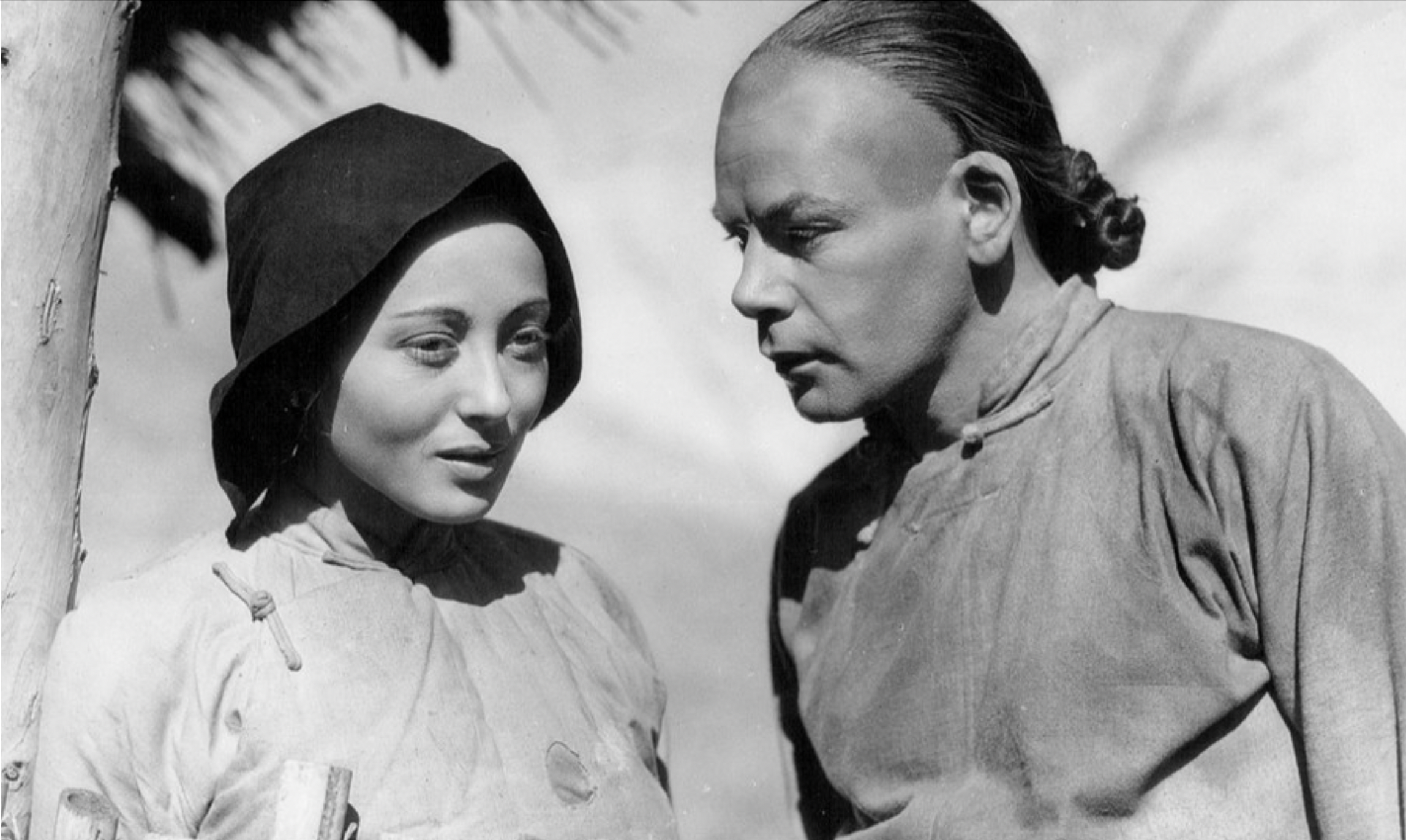
Rainer’s portrayal of O-Lan rested on offensive Asian stereotypes, featuring the actress in yellow-face, clad with exaggerated makeup and appropriated costuming.

MGM producer Albert Lewin conceded that while Wong was talented, she “did not seem beautiful enough” for the role. Instead, she was offered the part of Lotus, the seductive ‘Dragon Lady’ character.
After all, Dragon Lady characters were practically the extent of female Asian representation in early Hollywood. The sexual allure, dominance, and mystique the persona offered was the perfect amount of exoticism to appeal to largely white audiences.
For one of the first Western films that actually depicted China, its landscapes, its government, and its people, it was truly a slap in the face to Chinese actors that two white stars, Rainer and her costar Paul Muni, were selected to represent the nation.
BREAKFAST AT TIFFANY’S (1961)
Thirty years later, yellow face remained pervasive in Hollywood. We widely adore Breakfast at Tiffany’s for its 1960s glitz and glam, the beautiful costuming, and the romanticism of it all.

However, it is important that we recognize the racist stereotypes that run rampant throughout the film. Most notably, Mickey Rooney’s portrayal of Mr. Yunioshi has been described by film scholars as “one of the most egregiously horrible ‘comic’ impersonations of an Asian … in the history of movies”.
Indeed, prejudices are on full display as caucasian actor Mickey Rooney is outfitted in a fake tan, taped eyelids, and prosthetic buck-teeth, providing for a cringeworthy and down right offensive caricature of a Japanese man.
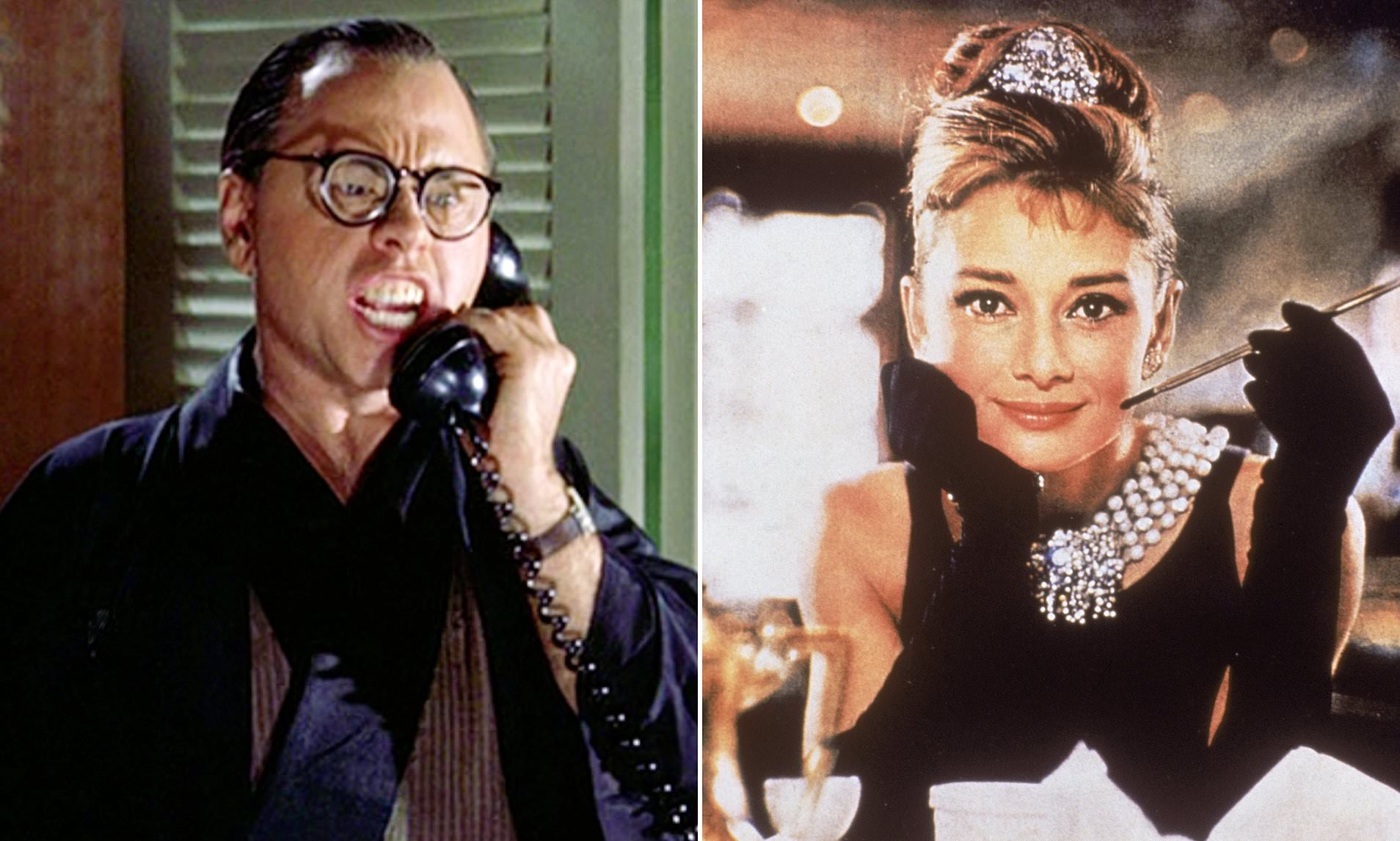
Clearly a device for comic relief, Rooney’s portrayal of Mr. Yunioshi goes to show that Asian characters were not taken seriously in Hollywood, but rather served only as overt stereotypes to humor a white audience.
More than a harmless source of laughter, Yunioshi reinforces ‘Ching Chong’ Asian racism and serves to further alienate Asian people from the American cultural sphere.
SIXTEEN CANDLES (1984)
Even twenty years later, post-civil rights movement, offensive Asian stereotypes pervaded Hollywood’s biggest hits.
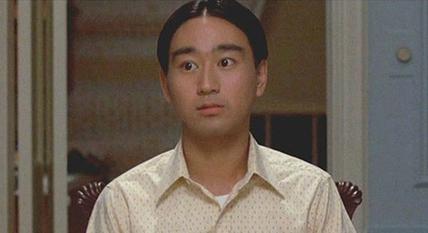
In the 1980s, John Hughes was a major directorial force, and the vision behind American classics like The Breakfast Club (1985) and Ferris Bueller’s Day Off (1986). He began his reign as the forefather of teen movies in 1983 with the release of Sixteen Candles. Although still beloved for its witty gags and 80s nostalgia, the film has problematic moments in hindsight.
Racial stereotypes come in the form of Lung Duk Dong (have you ever met an Asian person with such a name?) Although actually played by an Asian actor, Gedde Watanabe, (kudos, Hollywood), Dong’s character is nevertheless a blatant mockery of Asian people, and quite frankly, a hurtful blow to Asian communities everywhere.
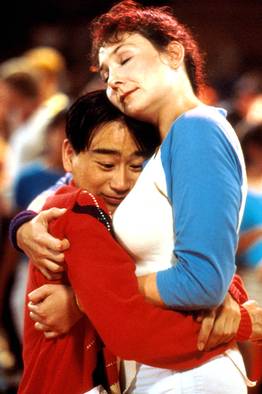
Given that Sixteen Candles was centered around an average American public high school, the film was marketed toward and appealed to average American high school students.
Young, impressionable people watched as Dong fumbled painfully to acclimate to American society. Perplexed by a standard American dinner table, Dong attempts to use a fork and spoon as chopsticks.
Dong exemplifies the stereotype of Asian men as sexually immature and socially inept. His love interest overpowers him in height and build, and Dong is depicted looking cowardly and subservient next to her. He interacts awkwardly with women, delivering embarrassing lines like “What’s happenin’, hot stuff?” and “Hey sexy girlfriend.”
Oh, and not to mention that Dong’s every appearance on screen is accompanied by the sound of a gong.
THE JOY LUCK CLUB (1993)
A bleak couple of decades no doubt, but things started to look up in the 90s!
During this time, directors and writers became more cognizant of racial stereotypes and recognized the blunders of movie-makers before them.
Certainly a welcome departure from previous films, The Joy Luck Club symbolized the most prominent example of Asian representation that Hollywood had ever seen.
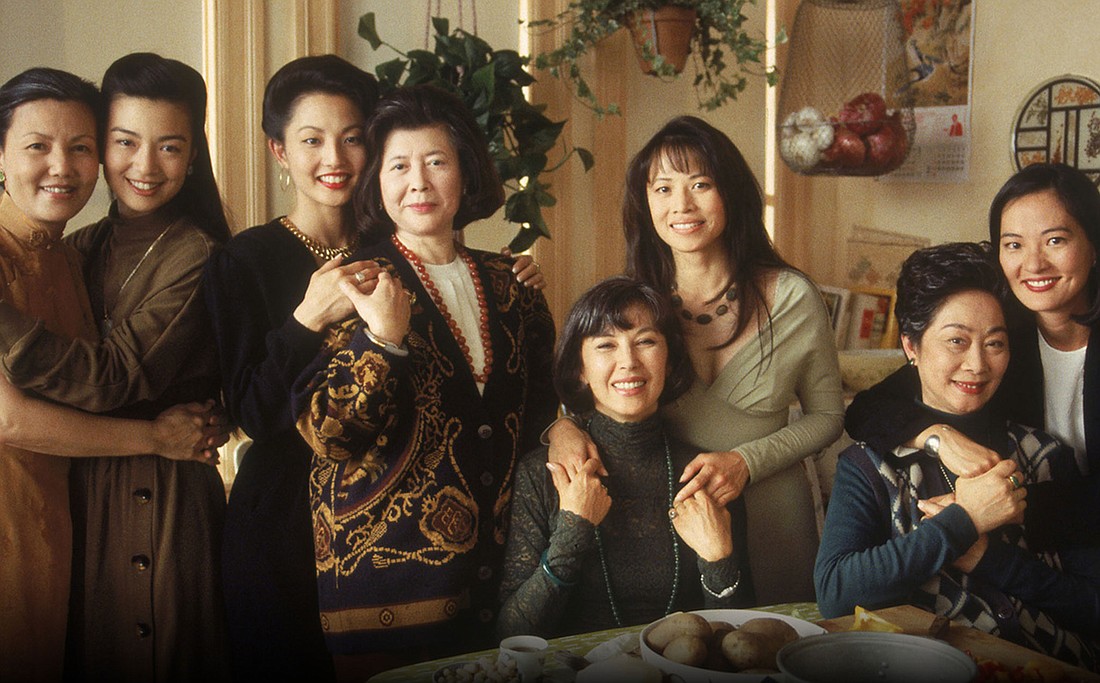
Adapted from Amy Tan’s novel, The Joy Luck Club tells the story of the relationships between Chinese American women and their Chinese immigrant mothers as they navigate cultural differences and the weight of expectations.
For one of the first times in film history, Asian characters were portrayed as complex and multi-dimensional, and illuminated many fully fleshed out female leads. Amy Tan and director Wayne Wang did a beautiful job showing the hardships faced by women in China, as well as confronting wartime trauma and issues of self worth.
Ultimately, I feel that The Joy Luck Club humanized an entire race for non-Asian audiences.
Unfortunately, the success of Joy Luck Club did not bring in the tide of change the Asian actors and actresses hoped it would. In fact, it would not be until 25 years later that another film welcomed an all-Asian cast to the screen.
CRAZY RICH ASIANS (2018)
Enter Crazy Rich Asians, the blockbuster hit that took Hollywood by storm.

In the very first scene, director Jon M. Chu directly confronts anti-Asian racism. The film opens in London, and Michelle Yeoh, playing the somewhat fearsome Eleanor Young, corrals her children and their nanny into a luxurious hotel, sheltering them from the pouring rain. Upon their entrance, they are given dirty looks from hotel staff and are denied a room. The manager quips, “May I suggest you explore Chinatown?”
The watcher cannot help but feel vindicated for the family as Eleanor calls the hotel owner, who welcomes the Young family with open arms and reveals that they have actually just purchased the hotel.
This small moment sets up the rest of the film: Asian people ruling the screen, asserting power and dominance in a way that has nothing to do with martial arts or sexuality.
Asia as a continent is also portrayed in a different, more positive light. Rather than an exotic land home to seductresses and dragons, Crazy Rich Asians shows modern Asia for what it really is: magnificently scenic, technologically and infrastructurally advanced, and home to delicious cuisine.
The film takes place almost entirely in Singapore, and viewers watch as the characters dine at Hawker centers, frequent iconic sites like Marina Bay Sands and the Gardens by the Bay, and play Mahjong.
In contrast to the degrading, mocking means by which previous films represented Asian people and their culture, Crazy Rich Asians celebrates it.
The box office, too, became crazy rich after the release of the film, grossing over US$238 million. So, yeah, movies with all Asian faces can make a killing. Who knew?
EVERYTHING EVERYWHERE ALL AT ONCE (2022)
And finally, last year, our screens were blessed with the wildly eccentric and gut-wrenchingly beautiful Everything Everywhere All at Once.
Put aptly by Rotten Tomatoes, Everything Everywhere All at Once (EEAAO) is “an expertly calibrated assault on the senses.” And yeah, EEAAO certainly takes the viewer on a wild ride.
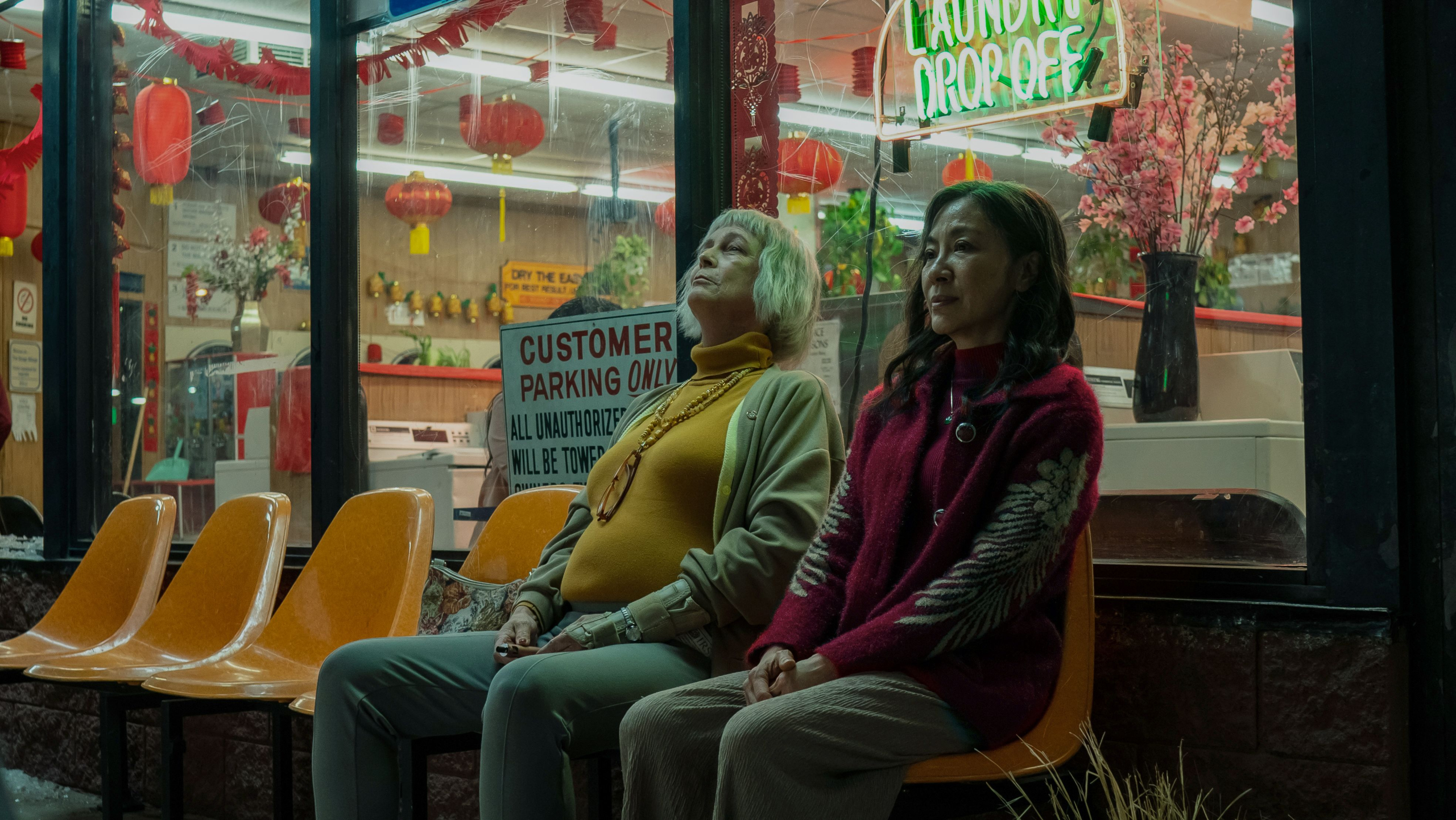
But more than Jamie Lee Curtis’s hot dog fingers and the larger-than-life black hole everything bagel, EEAAO is a glistening beacon of light for Asian communities everywhere. Funnily enough, what makes the film so special for me is that it does not try to be a film about Asian representation. Simply by existing, it serves that purpose.
EEAAO is an extraordinary story told by phenomenal actors and actresses who just happen to be Asian. Of course, the cultural components that highlight Chinese-American parenting as well as the generational trauma experienced by children of immigrant Asian parents are profoundly meaningful and moving, but it is not these elements of ‘Asianness’ that stuck out to me.
Rather, I appreciated that there is nothing particularly distinct or extraordinary about the Wangs. They’re portrayed as ordinary human beings. Their financial struggles and challenging familial dynamics are deeply relatable to audiences around the world, not just Asians. Aside from their ability to jump through the multiverse, they are like any other family just trying to get by.
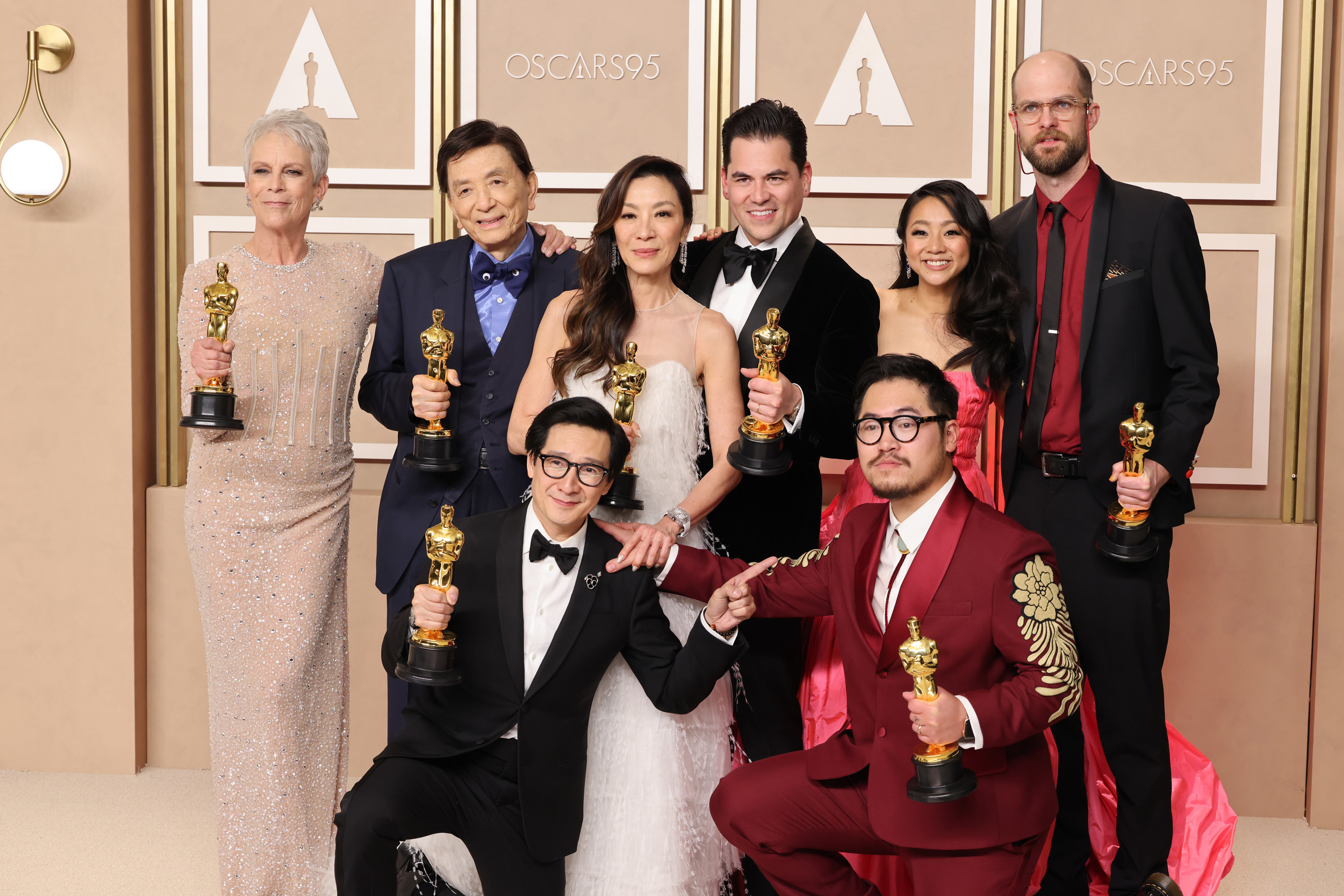
For decades, that is all Asian people have been searching for on screen: to be portrayed not as outlandish caricatures to win laughs or even inordinately wealthy tycoons, but simply as equals.
After all, this is the way we achieve equality: by recognizing one another on the same plain, and watching one another side by side on the big screen.
Montage at the top shows Boris Karloff, Luise Rainer, Gedde Watanabe, and Constance Wu
